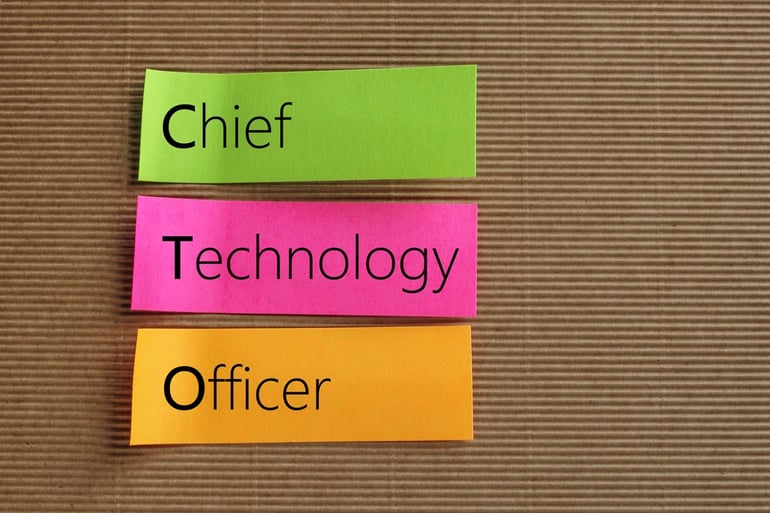The CTO Challenge: Labor
One of the many challenges of the restaurant CTO is to implement a reporting solution that can help lower labor costs and maximize profits. They’re tasked with integrating the latest technology, seeking the right platforms for their structure, drive success and create a competitive lead. The days of Excel spreadsheets are numbered. Ultimately, the CTO needs to find and recommend a platform that will aid restaurant executives in making the best decisions in operations and finance and developing strategies that provide a significant ROI. The CTO’s research and definitive recommendation of the suitable reporting tool is vital and can affect the productivity (or lack thereof) of all departments.
Essentially, the CTO’s solution must help all restaurant executives streamline operations, work faster and smarter. But it also must be extremely user-friendly. Not everyone holds a degree in IT. All users must be able to understand and utilize the tools effectively.
A Closer Look at Labor
In the past, restaurant companies were focused strictly on analyzing their sales and inventory data. In recent years, they have begun to look more closely at labor management. Driven partially by the advent of the Affordable Care Act (ACA) and the increase in minimum wage, restaurateurs are paying much closer attention to labor information in their restaurants.
What are some important factors that lead to improved operations regarding labor and customer service? At a glance, here are a few key points:
- Track and prevent overtime
- Set schedules according to peak hours (to improve customer service)
- Track best-selling items and the success of promos based on customer preferences
- Identify top performing employees to offer incentives
- Identify employees exhibiting questionable (potentially fraudulent) activities
CAUTION: Building Your Own Solution May Not Be The Answer
Although there are many companies that offer labor management software, some restaurant companies opt to build their own reporting solution. Unfortunately, after devoting hundreds of thousands of dollars and spending much time on the development of the project, many often learn that there are still too many gaps in the reporting and they have to abort the mission.
Technology evolves rapidly. A company that relies on a home-grown solution must also be assured that its IT team is keeping up with these changes to ensure the utilization of the most up-to-date solutions. If you build a custom solution, can you be sure it will it meet your needs a year from now? The issue is not just the upfront cost; it’s also the additional time and knowledge required to maintain and continuously improve the software.
Choosing the Right Labor Management Solution
Much disintegration exists in solutions targeting the organization of restaurant procedures. There are many vendors providing a single solution. Unfortunately, in most cases, each robust system a restaurant is utilizing is not able to integrate with any other system. The data these solutions provide is plentiful but the lack of ability for seamless interaction with other systems poses a real problem. This prompts the need for a conversion to a single source provider that can easily integrate with other solutions.
No matter which route you take, be sure you consider the following:
- Software that has been developed specifically for the restaurant industry
- How often the software is being updated
- Software is user-friendly
- Will help improve/increase your ROI
The latest technology use among restaurants is seeing fast-paced evolution, and restaurant operators are starting to understand its value to improve profits. When it comes to choosing the right labor management software, the organization needs to consider a solution with features designed to meet the specific needs of the restaurant business. More and more restaurant companies are turning to web-based SaaS services to augment the restaurant business’s IT structure.
Thoughts?
What are your experiences? Did you build your own restaurant IT infrastructure or did you outsource?
About Mirus:
Mirus is a multi-unit restaurant reporting software used by operations, finance, marketing, and IT.
For more information, please visit: www.mirus.com
If you enjoyed this blog, please share it by using the social buttons at the top and make sure to leave your thoughts in the comment section below.










.png?width=50&height=50&name=Mirus%20Logo%20(1).png)